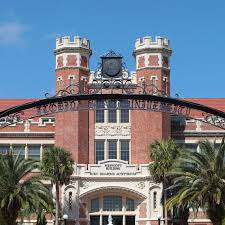Speaker
Description
A brief overview of the experimental evidence for the non-zero intrinsic charm (IC) contribution to the proton PDF is presented.
The effect of intrinsic heavy quarks in the production of prompt photons or $Z$ bosons accompanied by c and b jets in pp collisions
at the LHC is investigated. Our estimations of constraints on the intrinsic charm content of the proton from LHC data on the
associated production of prompt photons in pp collisions are presented. Then they are compared with similar estimations of NNPDF group.
The LHCb data on the $Z$ boson production accompanied by $c$ jet obtained recently are discussed. They show a sizable enhancement in the
rapidity distribution of $Z$ bosons in the forward kinematical region, which could be interpreted as a signal of the intrinsic charm in proton with
a probability above 1\%, which does not contradict with our estimations of its upper limit.
Including the intrinsic charm component in proton we also predict a significant enhancement in the distribution of charm
jets as a function of $\Delta y=|y_Z - y_c|,$ where $y_Z$ and $y_c$ are the rapidities of the Z-boson and the charm jet, respectively.
Moreover, it is shown that the charm jet production in pp collisions increases significantly at the Feynman variable
$x_F > 0.2$, when the IC component in the proton PDF is taken into account.
We also highlight tests of the $c(x) $ vs. $\bar c(x)$ intrinsic charm asymmetry predicted by LGTH. This $c-{\bar c}$ asymmetry leads to
the asymmetry of $D^+$ and $D^-$ mesons produced in pp collision. The corresponding predictions are presented.

